Ever wondered why the attack value seen in a weapon’s details screen in Monster Hunter Wilds is so much bigger than the actual floating damage numbers that you see when the weapon is being actively used on a monster?
Players new to the Monster Hunter franchise are often confused by this fact, and rightfully so. The damage numbers on the status screen and the ones in practice are entirely different, and the game doesn’t make any effort at all in explaining why. The reason for this is a background damage calculation formula that isn’t shown to the players on a status screen or in a menu, but operates in the background. Here is how it works.

Related
Monster Hunter Wilds: 8 Hardest Monsters, Ranked
While the game is easier as a whole, these encounters should offer players a significant challenge.
How Do Weapon Attacks Work in Monster Hunter Wild
There are three values inherent to every weapon in MH Wilds.
- Attack: This is raw physical attack value.
- Affinity: Critical Hit Chance
- Element: Elemental attack damage/Status Effect infliction.
Let’s take a Long Sword, the Iron Katana I, which has 396 Attack damage, 0% Affinity, and 0 Elemental damage as an example. The Attack value of this weapon shows as 396. However, this is a bloated number that doesn’t represent the actual DPS. The first order of business in understanding what a weapon does is to de-bloat this value and determine its real damage number. Unlike previous Monster Hunter games where players had to manually calculate and crunch numbers to determine this, Monster Hunter Wilds has a menu option that can be toggled on that automatically does this for them.
- Open the Start Menu.
- Go to System -> Options -> Game Settings -> Weapon Attack Power Display
- Change the setting to Display Without Coefficient.
Now, the weapons will show their true attack values only.

Related
Monster Hunter Wilds: How To Customize Loadout
To create custom loadouts, Monster Hunter Wilds players must climb into their personal tent and get ready to navigate some menus.
How Is Attack Calculated in Monster Hunter Wilds
The Iron Katana I’s attack value is shown as 120. This number is still larger than most swings of this weapon, and players will find that, in most cases, it will deal only 30-50 damage, which is obviously a much lower number than 120. This is because of hidden modifiers that multiply with a weapon’s attack value before it hits a monster. These modifiers are applied to a weapon’s attack value, reducing this number further down.
They are:
- Motion Value: Hidden multiplier unique to individual attack moves of every weapon.
- Sharpness: Buff/Debuff related to weapon sharpness level.
- Monster Weakness/resistance: A monster’s vulnerability to certain attack types (blunt/cut/ammo).
- Quest Difficulty: The harder the quest, the less damage the monster takes.
- Rage Status: Unique to each monster. Can increase or decrease attack value.
Attack Damage Calculation Formula
Combined, the formula for calculating how much attack damage a weapon will deal is as follows:
- Attack Formula: Attack Value x Motion Value x Weapon Sharpness x Monster Weakness x Quest Difficulty x Rage Status x Affinity (if present)
Affinity is simply another name for crit. chance, and the resulting critical attack will do 25% more damage on hit.
What Is Motion Value
Every combo in a weapon’s moveset has a different motion value attributed to it. A normal Long Sword swing, for example, may have a Motion Value of 0.2. This means that if you swing a weapon with a true attack value of 120, a motion value of 0.2 will be applied to it, resulting in:
Now, 24 is the damage being done with that weapon. But on the next swing, the motion value will be different, because every attack has a different motion value. If it is 0.35, then:
And so on.
Slow weapons like the Great Sword always have a higher motion value than comparable attacks from faster weapons. This is meant to balance things out so that over the course of a prolonged fight, the overall damage of weapons of the same tier is the same.
What Are Monster Weaknesses
Players can check the in-depth weaknesses and resistance chart of every single large monster in the game through the Large Monster Field Guide. This guide is accessible from Start Menu -> Info -> Monster Field Guide -> Large Monster Field Guide.
As long as a player has encountered/hunted a large monster, this guide will detail every single weakness of a monster’s individual body parts, the breakable part of its body, effective status effects, and even possible rewards.
The three types of attack damage (blunt, sever, ammo) are shown in the weaknesses chart in front of every monster body part. The more stars there are, the more effective those types of attacks will be.
What Is Quest Difficulty
After reaching High Rank, players will find that they have to beat the same monsters they beat during Low Rank once more. But if these monsters had the same HP levels as the ones in Low-Rank, an endgame weapon would destroy them within seconds. This is why the harder quests in the game add a multiplier to a monster’s HP and resistances to avoid it being steamrolled.
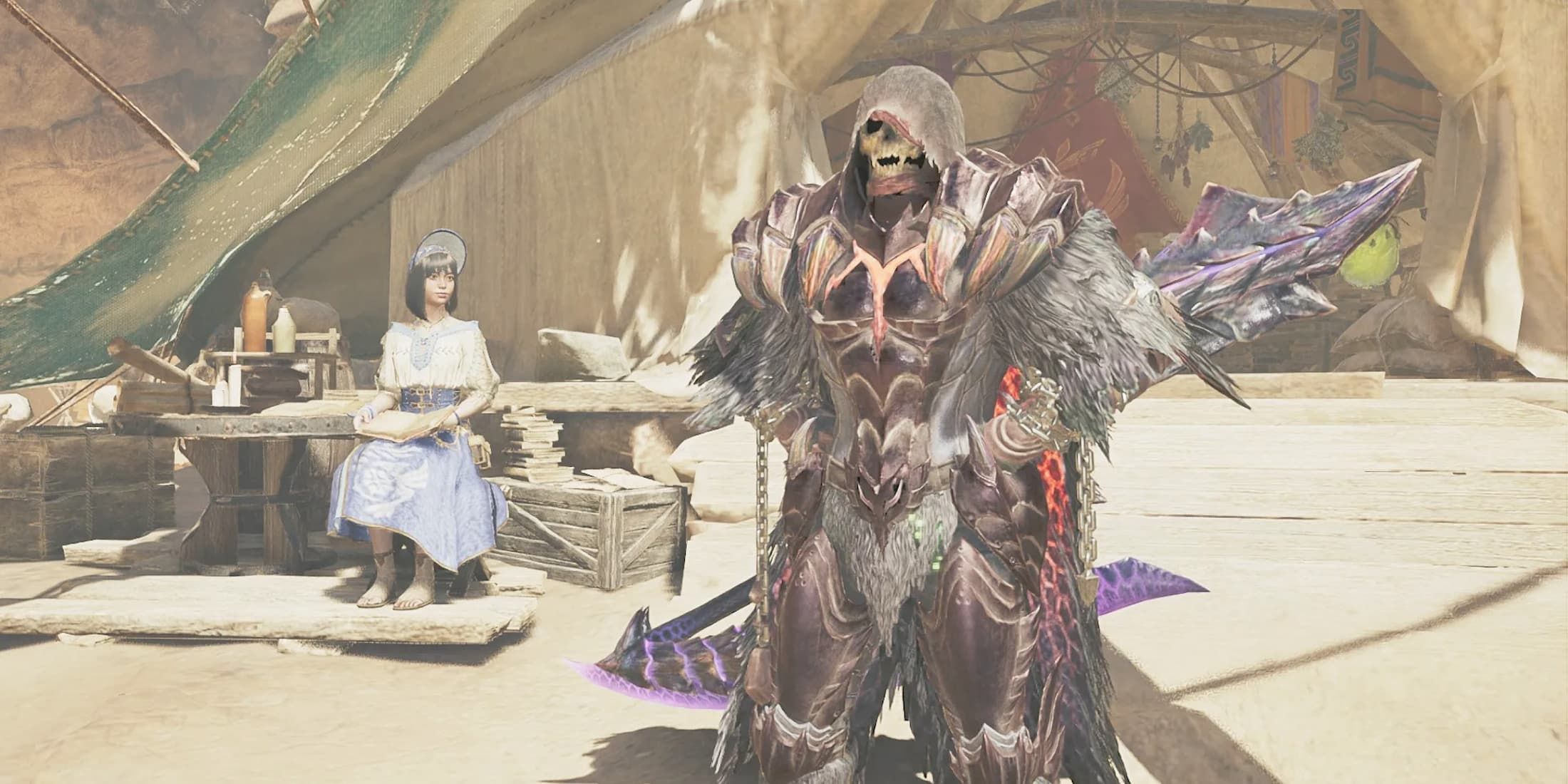
Related
Monster Hunter Wilds: How to Get Hunter Symbols (1, 2, and 3)
Here’s where you can get Hunter Symbols, one of the key ingredients for endgame gear crafting in Monster Hunter Wilds.
How Is Elemental Damage Calculated in Monster Hunter Wilds
Elemental Damage is not a part of the Attack value formula because it exists separately and is layered on top of the Attack after the formula has been applied to it first. The formula for calculating Elemental damage is mostly the same as the one for Attack damage but with a few key differences. It is:
- Elemental Attack Formula: Elemental Attack Value / 10 x Elemental Motion Value x Weapon Sharpness x Monster Weakness x Quest Difficulty x Rage Status
The differences are:
- Elemental Motion Value is different from Attack Motion Value. It is more consistent overall and hovers around 1x for most attacks, unlike Attack MV, which can get as low as 0.1.
- Weapon Sharpness applies differently to Elemental attacks compared to raw physical attacks. It is more stringent with Elemental Attacks.
- Affinity does not apply to Elemental attacks, which means these attacks cannot be critical hits. The only exception is when using the Critical Element Skill.
The Display without Coefficient toggle does not de-bloat the Elemental Attack value, only the Attack value. However, players can easily determine the true Elemental attack value by dividing the number by 10.
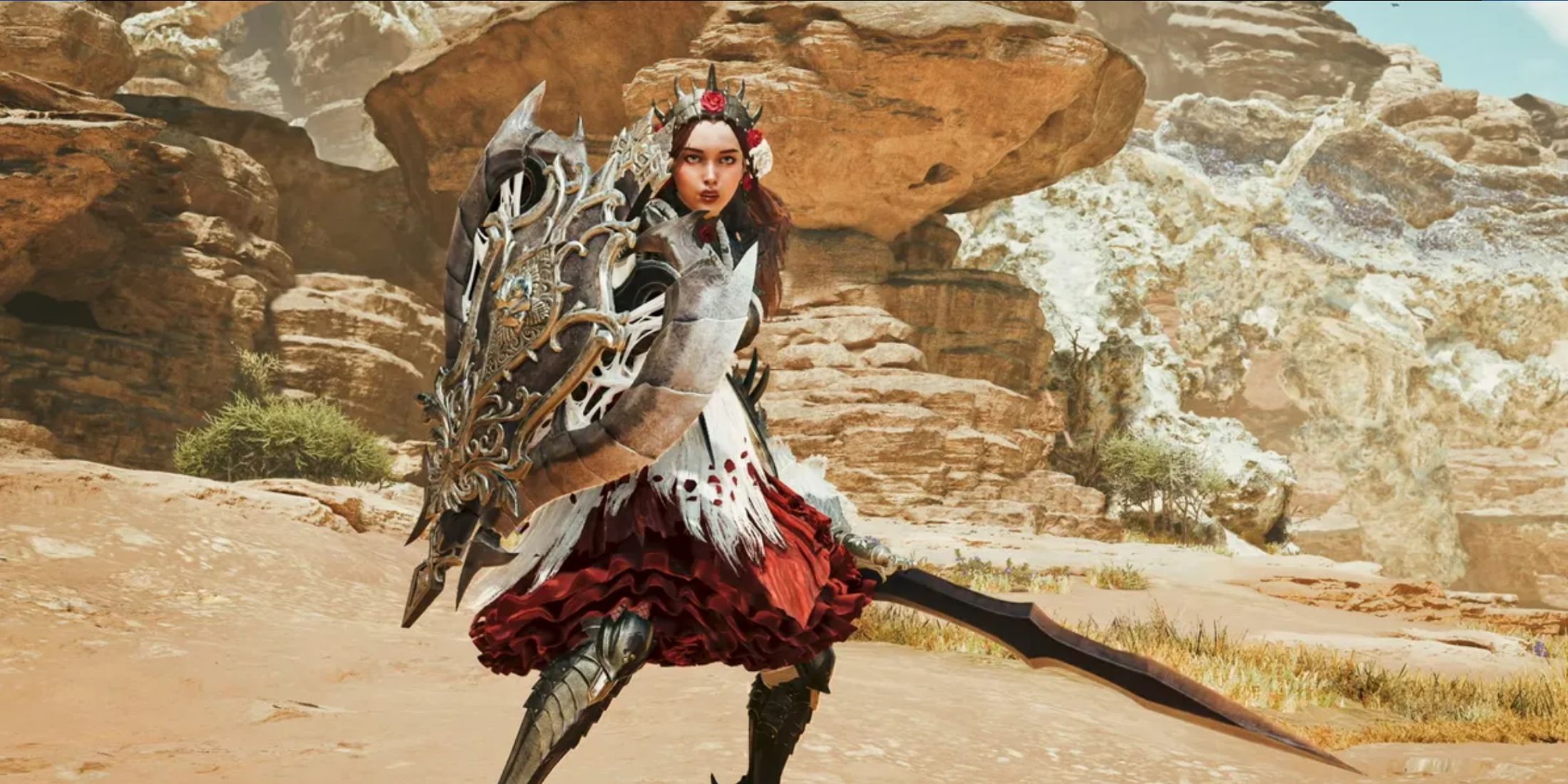




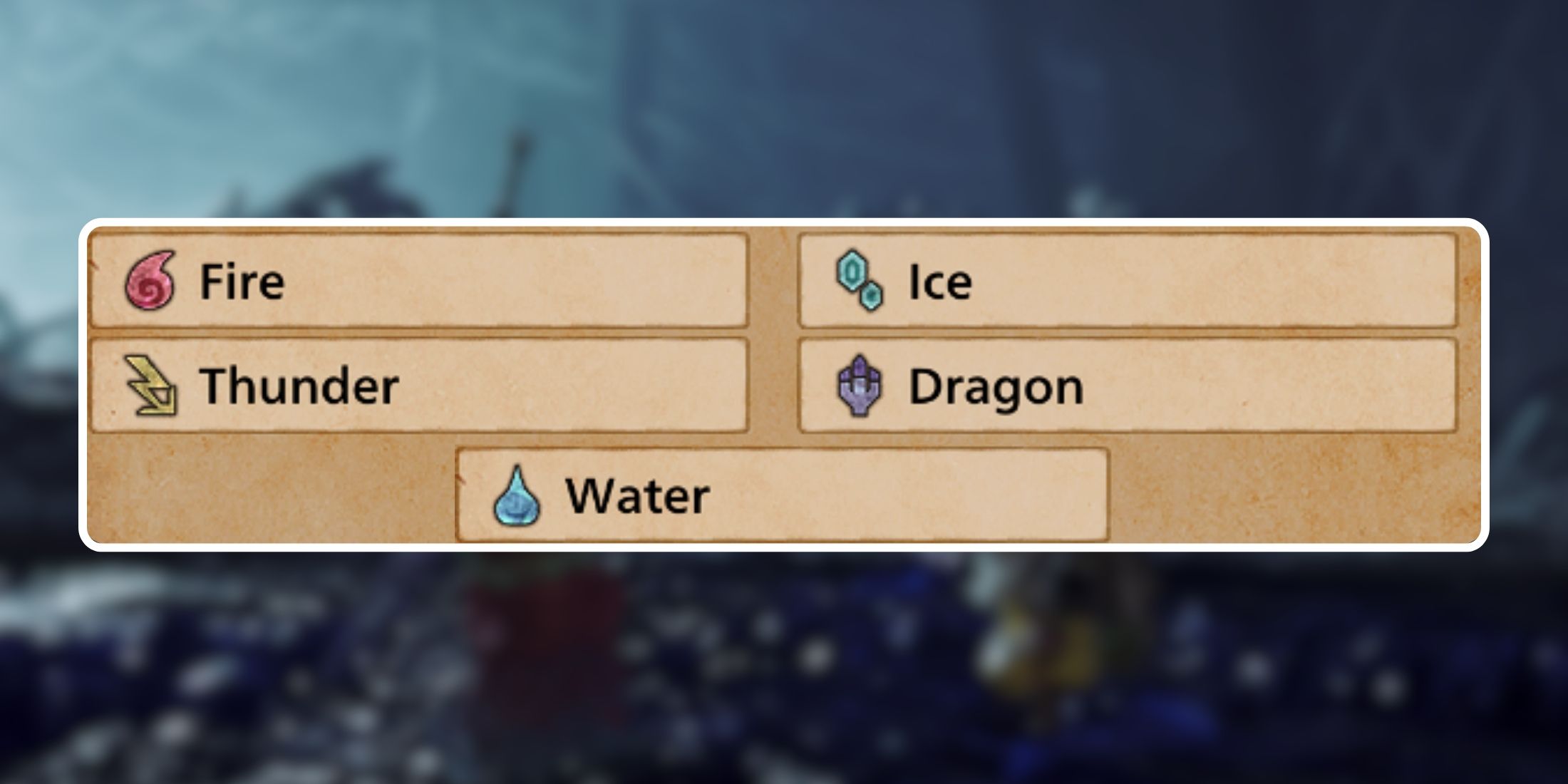
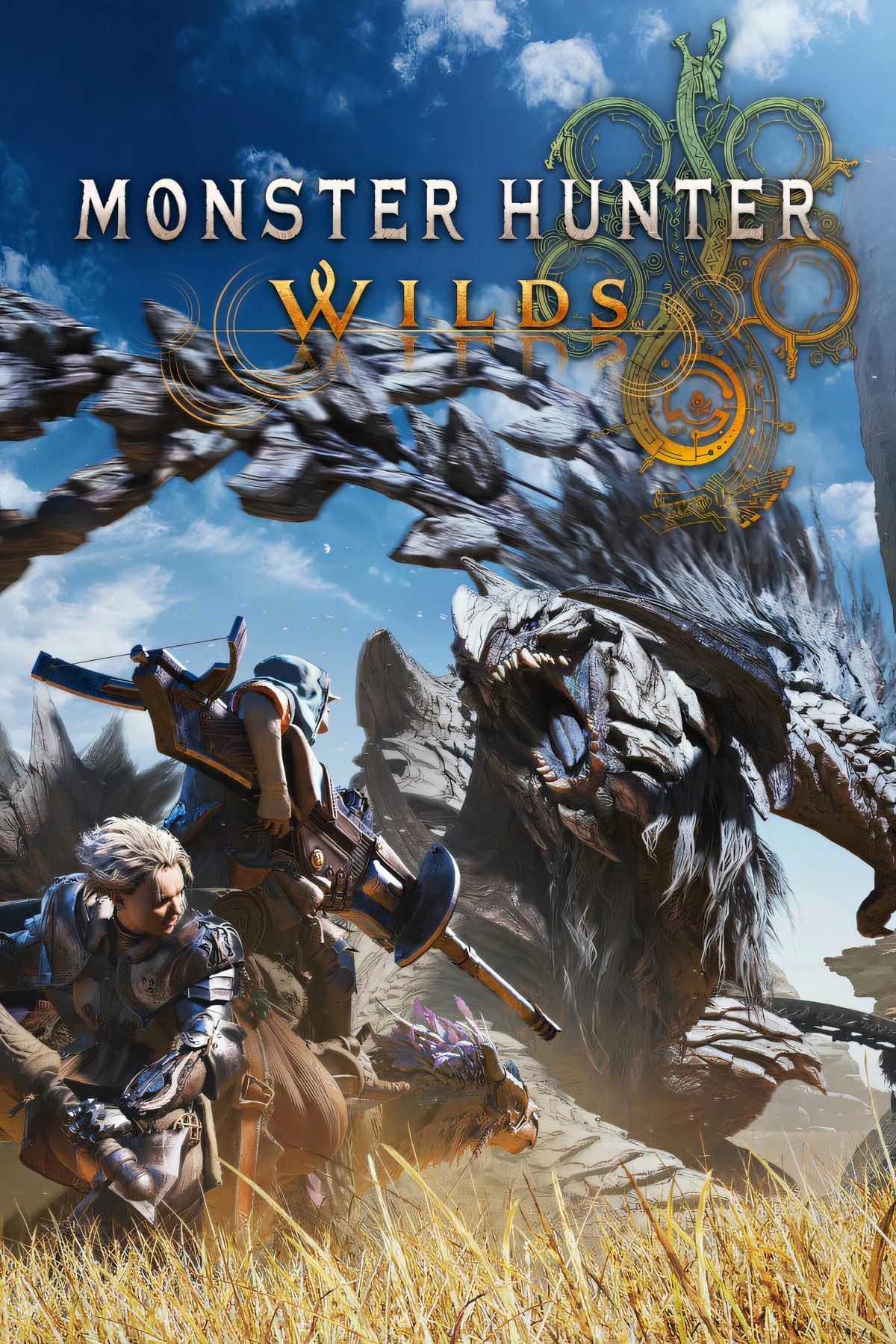



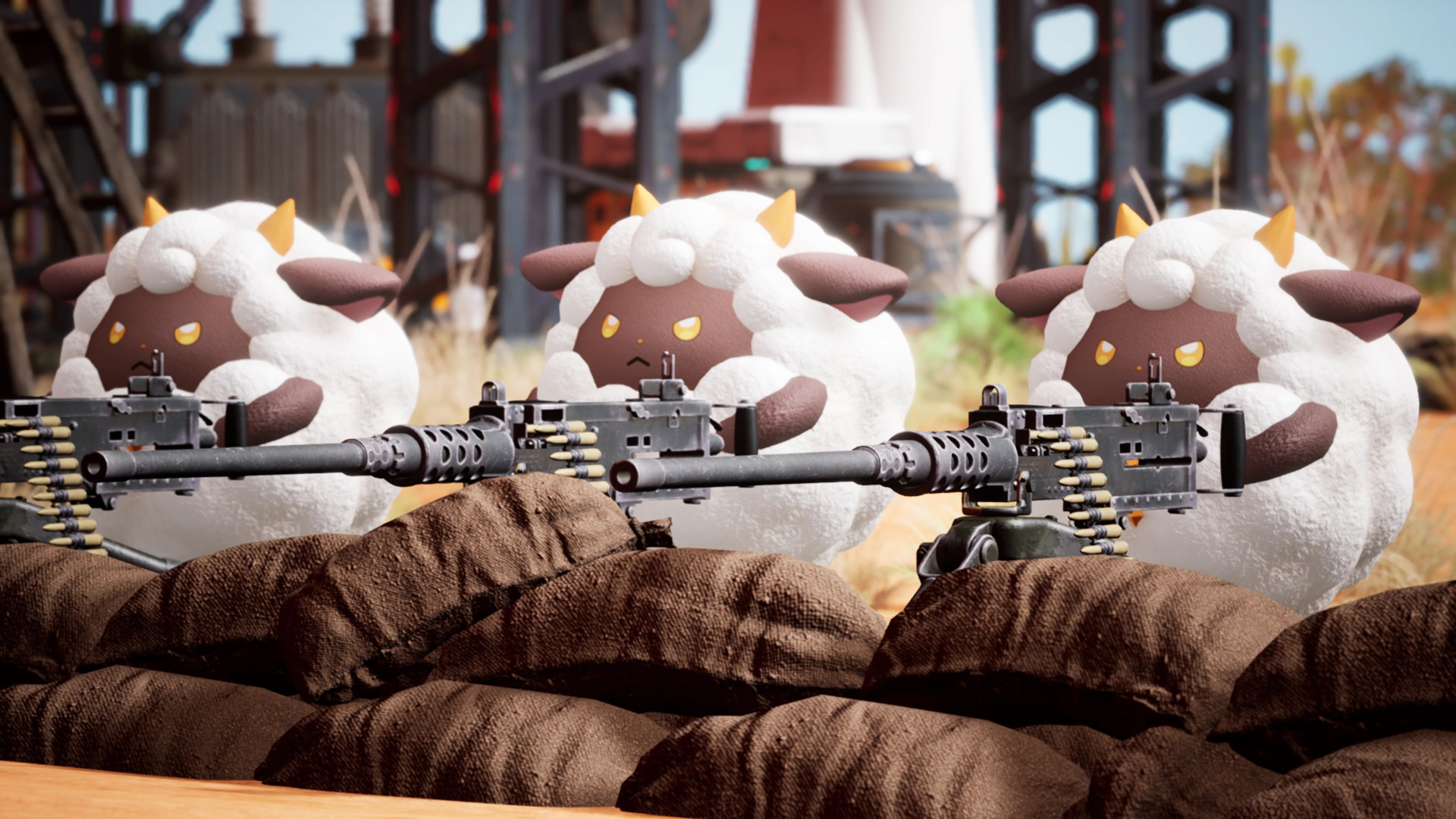
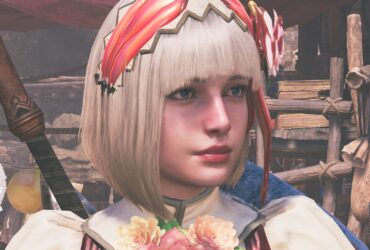




Leave a Reply